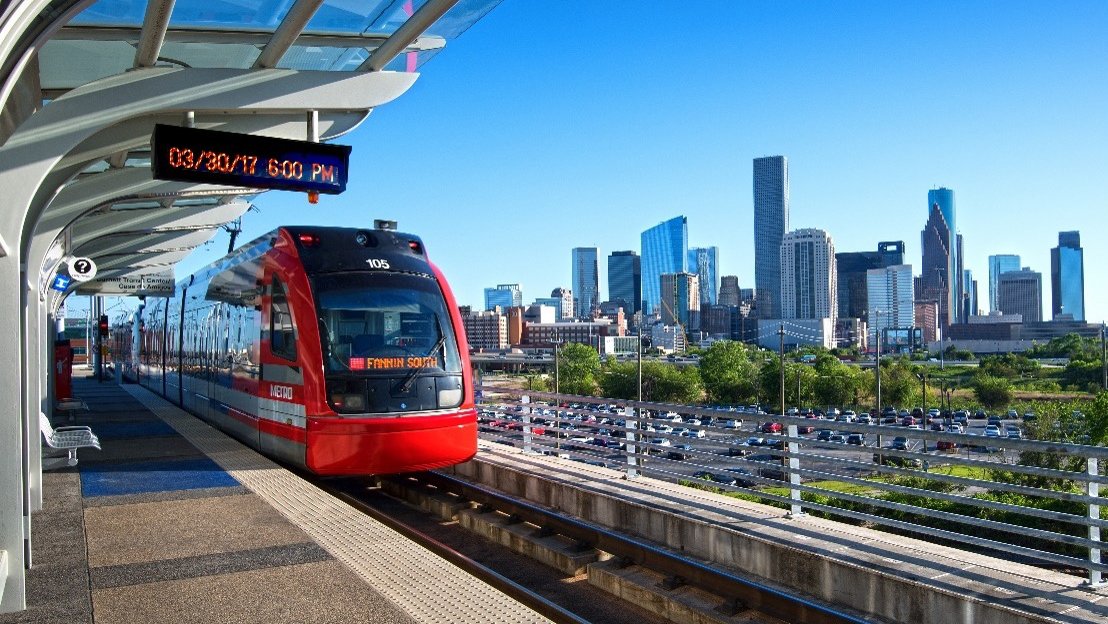Increasing the Reliability of Operations
With rapidly growing populations comes significantly increased expectations. As ridership goes up, it’s more important than ever for mass transit operators to ensure reliable operations or risk bringing the city to a standstill. From ticketing to elevator and escalator operations, to train scheduling and announcements, mass transit systems must deliver a satisfying passenger experience—even as higher rider density pushes existing systems to the limits.
At the same time, mass transit systems can’t just focus on adding new equipment without getting more from what they already have. Thankfully, modern SCADA and wayside systems give mass transit operators the visibility to maximize the reliability and resilience of the transit system. By unifying operations and asset management on a single control system, operators gain greater visibility into equipment performance and health. This makes it possible to detect issues before they occur, ensuring a positive station experience while keeping trains on time and on schedule.
Additionally, with an in-depth view of assets and equipment, operators can build more redundancies into their systems to eliminate single points of failure—helping increase the resilience of critical equipment and prevent outages in the first place.
Safety and Sustainability Remain Top Priorities
Mass transit systems are the mobility solution of the future. Rail systems are more efficient and sustainable than cars, helping cities adapt to the growing needs of urban populations while combatting climate change. Already, innovative cities are investing in advanced mass transit systems to empower their citizens with fast, easy, reliable mobility—the ‘Line City’ being developed in Saudi Arabia, for instance, enables passengers to travel anywhere in the city in just twenty minutes. However, if the Mass Transit industry wants to fulfill its promise of a reliable, green future, passenger safety cannot be compromised.
Modern safety and control systems help mass transit operators ensure safer operations than ever before. Off-the-shelf hardware like Obstacle Detection Systems (ODS) and Guideway Intrusion Detection Systems (GIDS) unlock deeper insights into maintenance and repair needs, while automated tunnel ventilation systems help keep passengers safe while increasing efficiency—replacing manual vent management with smart systems that automatically position fans to prevent and minimize fire damage.
A Holistic Cybersecurity Approach is Paramount to Scaling Efficiency
Modern control systems unify operations on a single platform, enabling rich data to flow across systems and unlocking transformational insights. However, many mass transit organizations rely on legacy systems and outdated equipment. If mass transit operators don’t reduce the threat vector of their existing legacy tools before introducing connected systems, they put their operations—and their passengers—at risk.
Governments around the world recognize the threat of cybersecurity to the public transportation industry. Organizations like the FTA, APTA, and CISA all offer cybersecurity frameworks to guide mass transit systems in the safe, secure adoption of new technologies—in 2023, for instance, the FTA released a self-assessment tool to help mass transit operators identify security risks at their organization.
Mass transit operators can further bolster their security posture by working with experienced, trusted partners. The right partner can meet you where you are to make strategic, modular investments based on a holistic understanding of your systems to maximize benefits while minimizing risks. With the right solutions and services—backed up by a robust network—mass transit systems can transform their operations while more easily protecting, detecting, responding to, and recovering from cyberattacks.
Partner with Rockwell Automation
As the world continues to digitize and urbanize, the importance of Mass Transit—and the capabilities it can deliver—are continuing to evolve. Yet for Mass Transit to take its place as the mobility solution of the future, operators can’t lose sight of system reliability, safety, and security.
By partnering with an expert in the industry, organizations can make smart, targeted investments that maximize benefits while minimizing risk. At Rockwell Automation, we’re dedicated to helping mass transit systems get the most from their technology. With over 50 years of industry experience backed by an extensive partner network, we provide the systems and services you need to meet tomorrow’s transit needs, today.
To learn more, visit our website or contact us.

